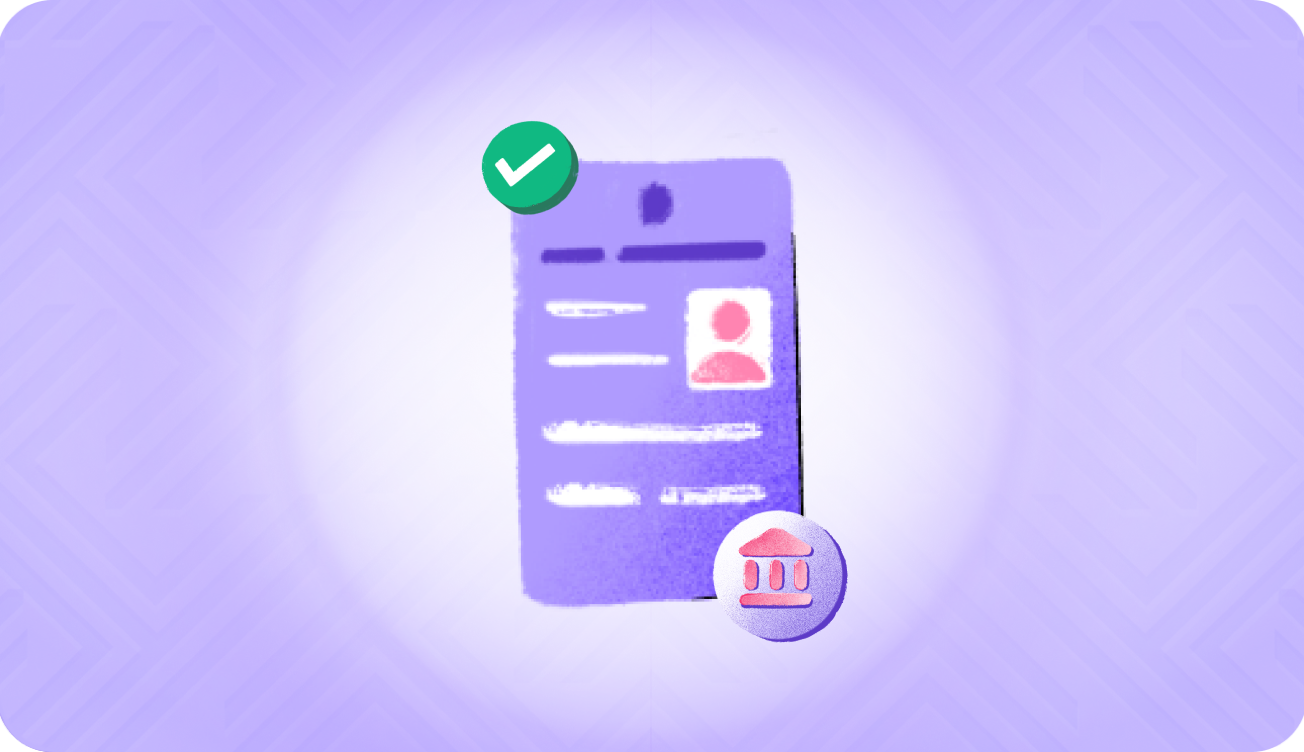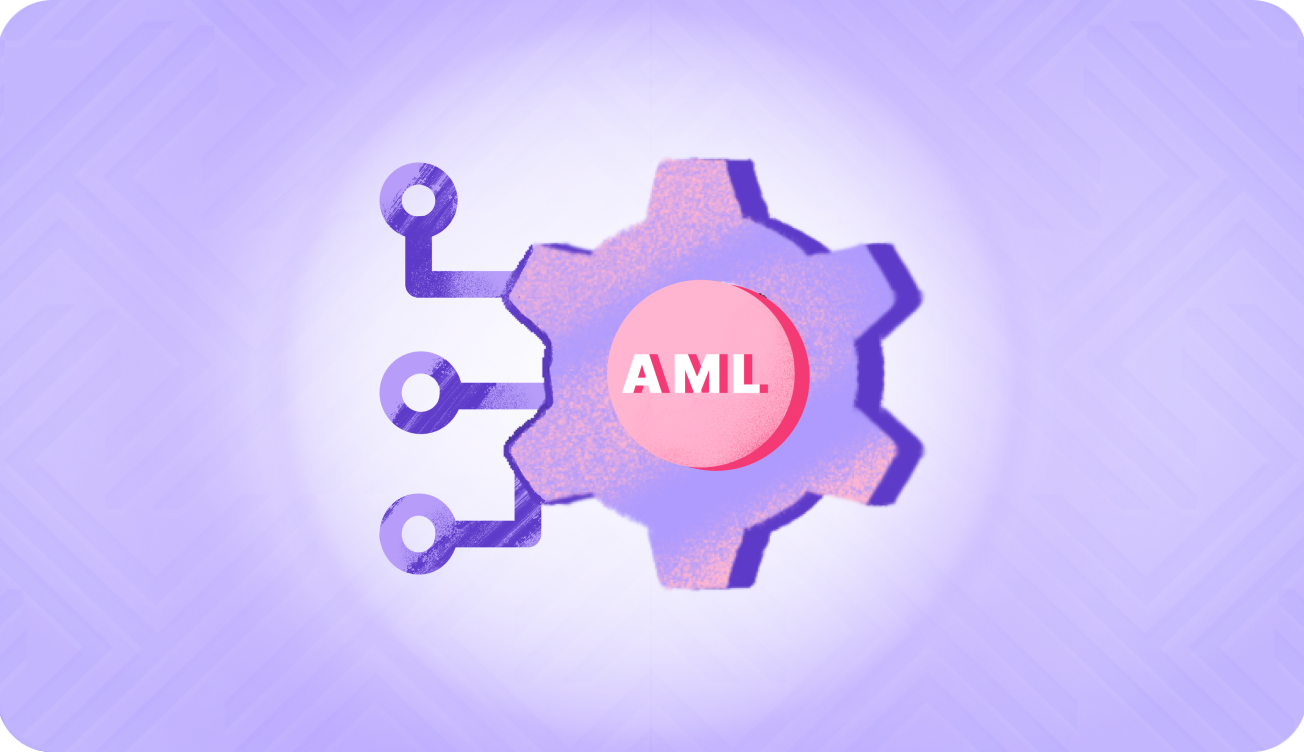Accounting is a labor-intensive process that involves extensive data entry activities. Accountants have to enter data from accounting documents into accounting systems and Excel sheets. However, manual data entry consumes the accounting team’s productive time and results in human errors.
As per a 2024 Gartner study, 18% of accountants make financial errors at least daily. In terms of finance management, even a minor error can turn out to be disastrous for an organization.
Using OCR technology in accounting processes helps eliminate manual data entry by automatically extracting and organizing information from accounting documents. This blog provides detailed information on OCR solutions for accounting processes. Let’s start with the basics- understanding accounting in OCR.
What is OCR technology in accounting?
OCR (Optical Character Recognition) is a machine learning-based technology that converts printed text-based documents and digital files (PDFs and image files) into data. It automatically scans, analyzes, extracts data from documents, and presents it as organized information.
In terms of accounting processes, OCR technology captures critical information from invoices, receipts, bills, cheques, and other accounting documents. The purpose of using OCR in accounting systems is to automate key data extraction from documents and eliminate manual data entry.
Now, let’s understand how exactly OCR works for accounting automation.
How does OCR technology work in accounting?
The machine learning models for OCR-based accounting tools are trained specifically to scan, understand, and extract accounting-specific data. Here’s how OCR tech works for accounting processes:
- Document ingestion: The OCR process starts by receiving financial documents from sources like papers, PDFs, scanned image files, and other digital files.
- Preprocessing: The OCR tool enhances the document’s quality through contrast, resolution, and alignment for accurate understanding and analysis.
- Text recognition: Machine learning models recognize the document text, characters, and layouts through pre-trained data.
- Data extraction: Systems extract data from identified fields, such as invoice number, amount, payable date, tax, etc.
- Validation: The extracted data is validated for accuracy through rule-based processing. Suspicious data is flagged for human review.
- Storage: The digitally scanned documents are stored in multiple systems, such as accounting software, your organization’s ERP system, and local and cloud storage.
This is how OCR works for accounting processes. But why should accounting teams use OCR technology? Let’s find out.
5 Benefits of using OCR in accounting processes
- Eliminates manual data entry
According to a 2022 IFOL report, 56% of accountants spend 10+ hours/week processing invoices manually. This figure indicates the time accountants spend only on data entry tasks to transfer information from documents to accounting systems.
OCR-based accounting systems eliminate manual data entry by automating document processing activities. The document terms are automatically extracted and organized to save manual labor in data entry work- giving accounting teams more time for other important tasks.
- Avoids human errors
Manually entering data often results in negligence- causing human errors. This bad data is misleading and can cause huge losses, considering its vitality in accounting processes. An IBM report estimates that poor-quality data costs organizations USD 9.7 million.
Automating data entry through OCR, on the other hand, offers high accuracy. Modern OCR engines like those of HyperVerge ensure 90%+ accuracy in extracting data. This way, OCR-enabled accounting systems provide accurate and reliable data free from human error-related negligence.
- Improves data management
Manual data entry often results in mismanaged accounting data. The data is scattered across bundles of financial documents, making it difficult to access when required. Moreover, the security of financial data is not guaranteed here.
OCR converts unorganized accounting data into structured information for the accounting team to access later. The digital documents are kept organized for improved data management. OCR systems like HyperVerge also ensure GDPR and AICPA SOC2 compliance for optimal security.
- Enhances efficiency
OCR-led accounting system saves the accounting team’s time from manual data entry and delivers reliable results. The machine learning algorithms eliminate manual processes and offer smart data capture for purchase orders, invoices, bills, and other documents.
Using an OCR-based automation system reduces the accounting department’s work from complete data entry to reviewing AI-flagged data points, improving the overall departmental efficiency.
- Enables tracking and analytics
Analytics and auditing are vital in the accounting processes. However, with manual data entry, auditing is often challenging and yields unreliable results.
OCR-powered accounting tools come with built-in functionalities to track data and generate analytics. With information readily available in the system, you get real-time insights into your accounting process efficiency.
These are a few benefits of using OCR systems. Now, let’s see how accounting departments can use this technology in different scenarios.
Streamline accounting data entry with HyperVerge’s OCR engine
Scan, extract, and analyze accounting data flawlessly with HyperVerge’s OCR technology. Save time in redundant accounting data entry and never make an error again. Book a Demo6 popular use cases of OCR accounting technology
Accounting departments use optical character recognition tools differently based on their use case scenarios. Here are a few ways to use OCR-based accounting systems:
- Invoice processing: OCR helps extract invoice data, such as date, amount, number, and line items. It also helps categorize invoices based on key data fields, streamlining the invoicing process.
- Tax filing: OCR tools align with taxation systems to extract terms from your tax documents. The data is transferred to taxation software for automatic statement preparation.
- Bank reconciliation: Accounting OCR systems make bank reconciliations by automatically scanning your account and bank statements. The system also compares both the statements and reports deviations.
- Accounts payable: OCR automates invoice-to-payment workflows in invoice payable processes. It extracts information from vendor invoices, verifies information against purchase orders, and routes invoices for approval in the payable system.
- Accounts receivable: OCR technology speeds up receivables and improves cash flow by accelerating the order-to-cash cycle. It captures data from customer orders, paper receipts, and other documents for precise invoice generation.
- Financial audit: OCR extracts important information from large volumes of accounting documents. It also enhances this information for visibility and searchability, simplifying the financial audit process.
With HyperVerge OCR, HomeCredit reduced error rates by 50%
Read NowNow that you know about some popular use cases for OCR-powered accounting systems, let’s understand the top OCR system options for accounting processes.
Top 5 OCR software for accounting departments
Wondering what are the best OCR tools for accounting automation? Here, we have provided a list of 5 best accounting and financial OCR software.
| OCR Tools | G2 Ratings and Reviews | Price |
HyperVerge | 4.7/5 Stars (52 Reviews) | Custom quote with a 30-day free trial |
Docsumo | 4.7/5 Stars (51 Reviews) | Starts from $500/month |
AutoEntry | 3.8/5 Stars (11 Reviews) | Ranges from $12-450/month |
DocuPhase | 4.4/5 Stars (29 Reviews) | Custom quotations |
Nanonets | 4.8/5 Stars (72 Reviews) | Starts from pay-as-you-go model |
Leverage 90%+ accurate OCR engine by HyperVerge
Transform your accounting processes with world-class automation with our precise OCR engine specially crafted for accounting processes. Digitalize documents and enable efficiency. Book a DemoThe above-given list provides information on 5 of the best accounting OCR software options. By now, you have all the information required on OCR accounting. All that’s left is choosing an OCR system for your accounting department.
Streamline accounting processes with AI-enabled OCR: HyperVerge
OCR helps eliminate accounting errors, increase cost savings, and improve data accuracy. Experiencing these benefits requires selecting a robust OCR system specially curated for the accounting industry.
HyperVerge offers an AI-powered OCR solution to help accounting teams automate tasks with the highest precision and efficiency. Our OCR engine is excellent because it provides:
- 95%+ accuracy for structured data like global ID cards and official documents.
- Precise extraction from unstructured data like invoices and bank statements.
- Multilingual document processing support with extraction in 150+ languages.
- AI utilization with a 13-year-trained AI model that ensures high reliability.
Book a demo with our team today to learn more about our OCR solution’s capabilities.
Frequently asked questions
- How to implement accounting OCR technology in accounting processes
To implement OCR, you need to select an OCR system for accounting processes. You can choose cloud-based OCR solutions or an on-premise OCR based on your business needs.
The next step is integrating your OCR with your ERP system, accounting software, CRM, and other existing systems. Once integrated, the OCR solution is ready to scan data.
- How is AI-based OCR better than traditional accounting OCR?
Traditional OCR, while being excellent for eliminating manual data entry, lags in certain aspects like understanding dynamic templates and rules. Moreover, traditional OCRs often fail to understand the context around the extracted data.
An AI-based OCR software processes information faster and more precisely than traditional OCR. Moreover, AI integration gives OCR systems additional capabilities like automated invoice processing, expense receipt generation, and smart analytics.
- How to choose the right OCR system for accounting processes
There are numerous accounting-focused OCR solutions available in the market. Each software has its unique features, capabilities, and ideal use cases. In this case, we recommend that you select your OCR system based on factors like:
- Features and functionalities
- Integration requirements
- Cost and affordability
- Understandable language options
- Customizability and scalability
- Which other financial entities can use OCR technology?
Apart from accounting, OCR technology can be used for many other financial entities like banks, credit card companies, insurance agencies, compliance departments, and risk management teams can also use OCR systems.
==============================================================================

















